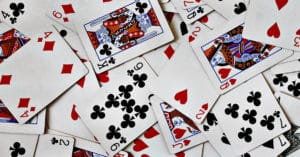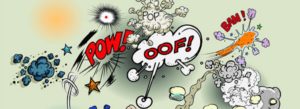
How to play Handmaiden
Origin In the process of writing my next book, I had the protagonist play a game called Jack’s Cap, or Handmaiden. I put together some rules in my head for the purpose of writing the scene, just to keep it consistent, but then I started thinking how fun the game would be to play. I…








